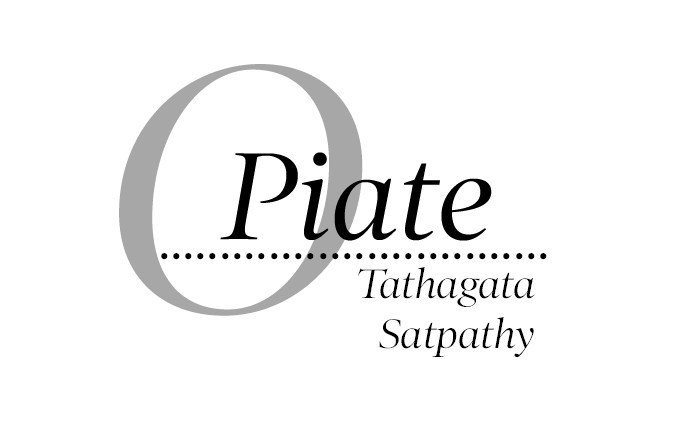Finance Minister Nirmala Sitharaman read out her 10,500 worded Budget 2021-22 speech in slightly over 100 minutes. Media has labeled it one of the shortest budgets in recent memory. The times justify this brevity because, maybe, not much was to be said. The nation has already surrendered most of its lucrative ports, airports and even heritage sites. Recent events highlighted the Red Fort of Delhi. But very few might remember that this Moghul period edifice has also been privatized. In 2018, the Red Fort was officially handed over to Dalmia Bharat Ltd at an annual rent of only Rs 5 crores. With this in the backdrop, it is not surprising when people joke that India as a whole could be put up for sale on OLX.
The disinvestment drive mentioned in the budget has targeted two public sector banks and the mammoth Life Insurance Corporation of India (LIC). In the meanwhile, Foreign Direct Investment (FDI) in Insurance sector has been enhanced from the earlier 49 per cent to a new 74 per cent. The obvious question that could arise is who will be willing to invest such huge amounts for these banks and insurance giants. It is known that most rich nations across the world today are on their knees economically. The pandemic has left no nation standing tall. In such a situation, even the US or Western European investors would be least interested to risk their money in India. Therefore, one may wonder where will all this FDI come from. Some years ago, people in Parliament used to say that FDI is really a circuitous route for the massive black money holders of India. All their wealth stashed abroad needs to be brought back home sooner than later. More so now since the pandemic has scared the Indian rich that their massive wealth may be safe but could become inaccessible. Therefore, banks and insurance companies going under the hammer will just manage to create the ring of return.
In the recent past, the FinMin had announced Rs 27.1 lakh crore as Corona related lockdown package. These packages, which came in phases, were mostly in the form of loans. There was hope that the budget will have an impetus for small and medium enterprises that generate bulk of the employment in this country. An economy prospers only when people have jobs and thereby spending capacity. With the money rotating, the nation moves ahead. Money has to come to the poor and not get stalled only with the super rich. With the brave claim that this is not a populist budget, the government has choked off all avenues of earnings for the man on the street. This could usher in a dark economic future.
The proposal to create an Asset Reconstruction Company (ARC) which will swallow the non-performing assets and loans of all banks seems like a peacock feather on a crow. NPAs cannot be blamed on only a particular government or period. The amount of the past NPAs of the Congress have phenomenally increased since 2014. Whether we blame it on corrupt bank officials or an ineffective government, people continue to suffer. Formation of the ARC may set free the banks to go on a roll again. They will start lending out depositors’ money afresh. The ARC may hide the NPA patches of economic leprosy for some time. However, the tax payer will again have to pay up for the losses to be incurred by the ARC.
Keeping the present political scenario in mind, the government has imposed an Agri Infrastructure Cess on petrol and diesel. The budget claims the cess will not affect individual consumers because equal quantum of excise duty will be reduced. Recent fuel price hikes have disturbed everybody. This change of nomenclature will temporarily not affect the consumer. But when the price again goes up, there will be a difference. The common man will start abusing farmers since they will feel the cess has a role to play in the price hike. Government will again claim market forces are deciding fuel prices and will throw up its arms. People’s anger against farmers will clinch another political victory.
A huge amount has been set aside for healthcare. Like the lockdown packages vanishing into thin air, the healthcare funds will most likely leave no trace. Apart from a few crore frontline workers, the common Indian is not going to get free CoVID 19 vaccines. All this money will go into infrastructure building, which implies contracts and deals.
Politics has played the major role in this budget. Four states bound for Assembly elections have been doled out the biggest pies. While Tamil Nadu will get Rs 1.03 lakh crore, Kerala will get Rs 65,000 crore, West Bengal Rs 25,000 crore and Assam will get Rs 35,000 crore. The elections are but a few months away. There is no way the government can spend all this money before the election ban comes into place. In other words, these are just big attractive numbers to hoodwink the voters of those states.
The FinMin has said that this budget ends in 2022, which is the 75th year of Independence for India. So, she has waived off Income Tax for people aged 75 and above. In these virus ridden days, if someone survives till 75, then only s/he can benefit. An interesting question could be that will this age bar be raised to 100 when India attains her 100th year of Independence?
Perfect Math.
